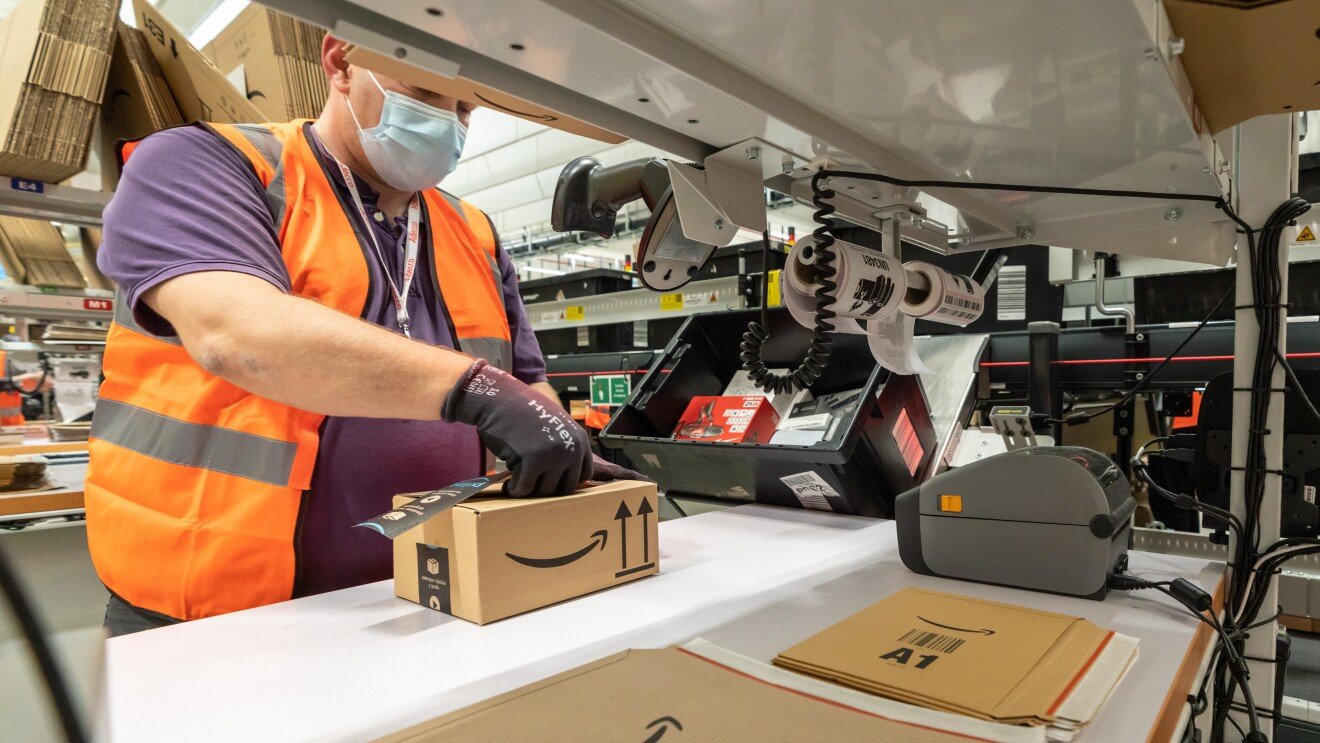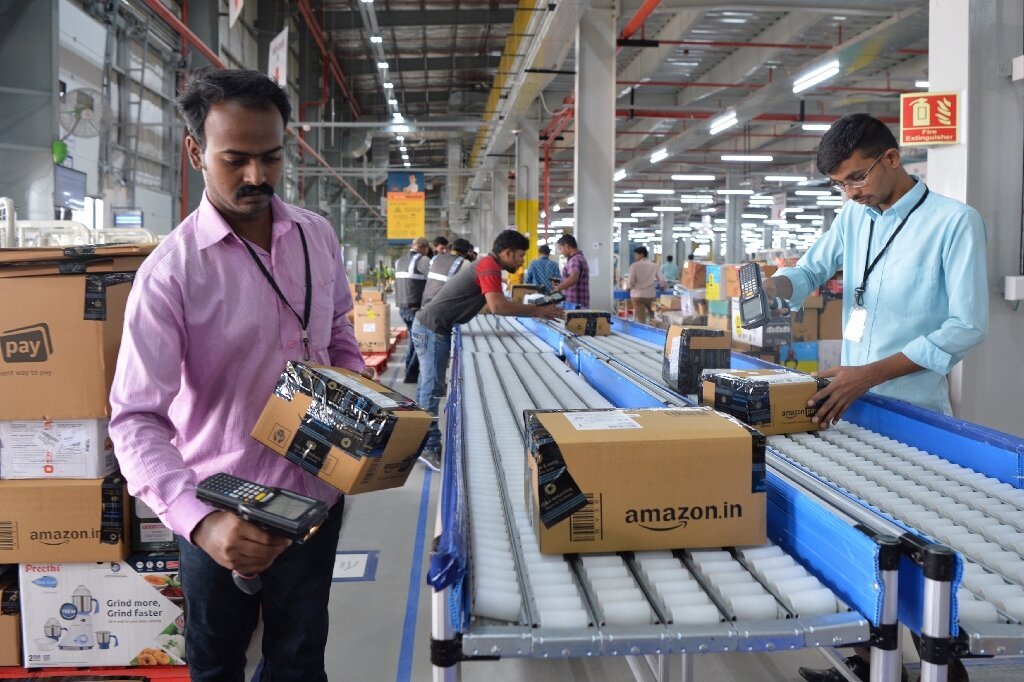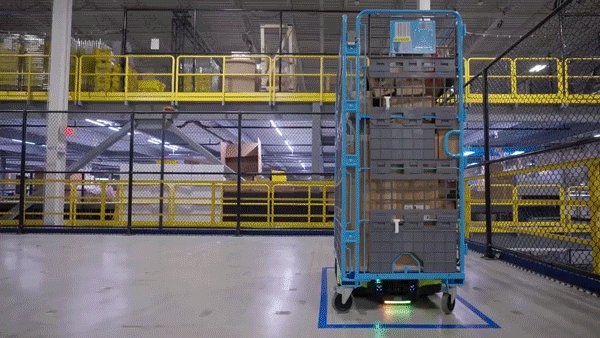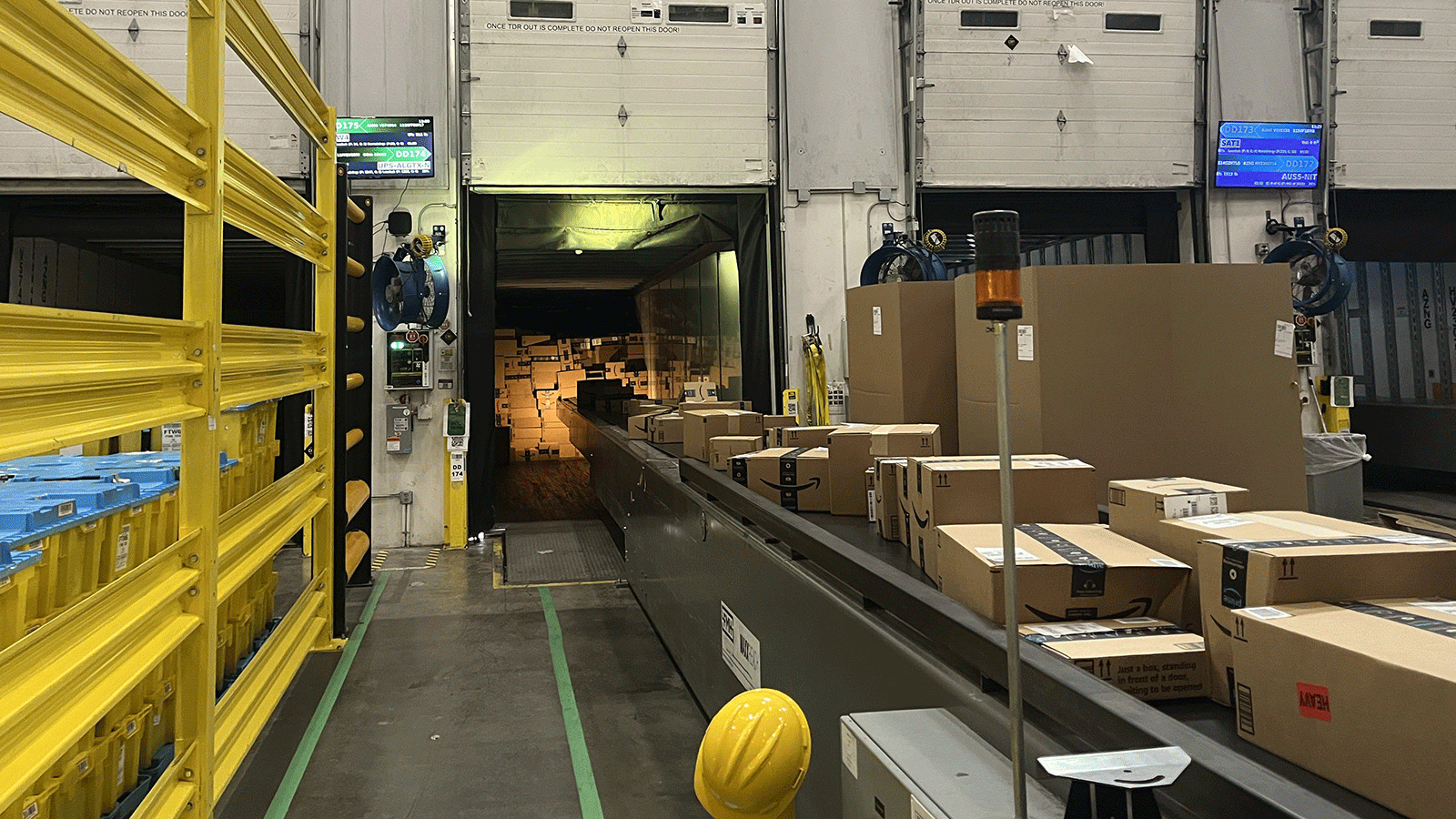Port workers are at war with automation. Can they win?
It’s 2035. You just started a job working at a US container port, but unlike the longshoremen of the past, you aren’t worried about losing a limb — or worse — while unloading a cargo ship. That’s because this port is semi-automated, and instead of sitting in the cab of a crane, you’re in an air-conditioned office, monitoring operations from behind a computer screen.
Port automation
For three days in early October, nearly 50,000 American longshoremen went on strike, grinding activity at the nation’s East and Gulf coast shipping ports to a halt.
This was the first strike of the union representing the workers — the International Longshoremen’s Association (ILA) — since 1977, and just like their predecessors, these workers were hitting the picket line to take a stand against technology they believed was going to put them out of work.
On October 3, the ILA and the group representing the port operators and shipping lines — the United States Maritime Alliance (USMX) — reached a temporary agreement that suspends the strike until January 15, 2025. If the pair can’t hash out a new contract by then, the strike is likely to resume.
To find out what’s at stake for workers, ports, and the average American, let’s look back at the timeline of events leading to the strike, what each side wants, and what could happen if they do — or don’t — get it.
Sep 5, 2024 - ILA President Harold J. Daggett, the ILA leader discusses the threat of a coast-wide strike in October 2024.






























